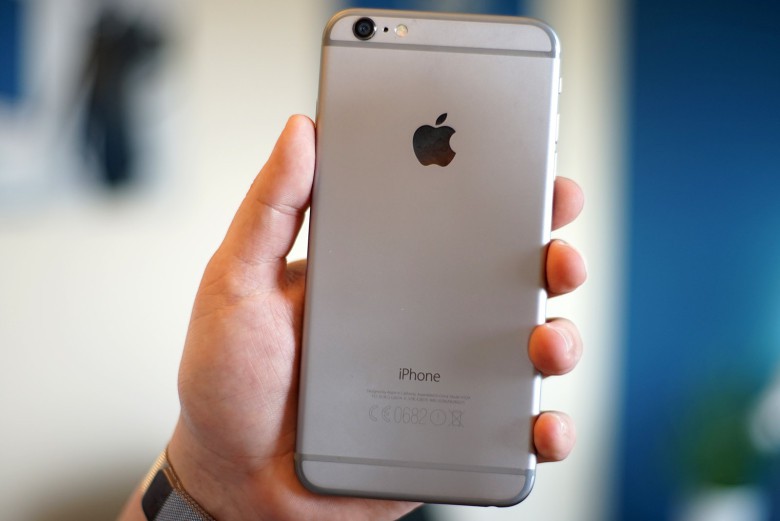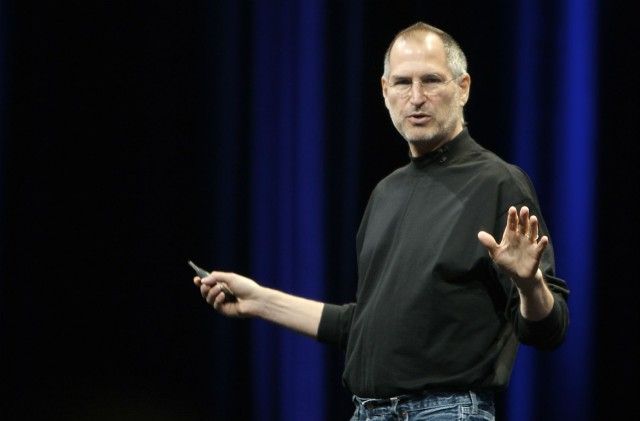 September 9, 2009: Steve Jobs makes his public return to Apple after successful liver-transplant surgery.
September 9, 2009: Steve Jobs makes his public return to Apple after successful liver-transplant surgery.
Appearing onstage at Apple’s fall event, Jobs receives a standing ovation that lasts almost a minute. He then opens the keynote on an unusually personal note by discussing his health.
Steve Jobs opens up about his liver transplant
“I wouldn’t be here without such generosity,” Jobs told the audience, referring to the organ donor whose liver he received. “I hope all of us can be as generous and elect to become organ donors.”
Before revealing Apple’s new line of iPad nanos, Jobs said, “I’m vertical, I’m back at Apple, and I’m loving every day of it.”
Jobs’ last run at Apple
A decade later, we now know far more about Jobs’ return than we did in 2009. First and foremost, of course, we know that while Jobs’ liver operation succeeded, pancreatic cancer ultimately resulted in the Apple CEO’s death a little over two years later. Members of Jobs’ inner circle knew about the cancer at the time, but nobody discussed it.
Jobs’ 2009 return to Apple represented a last burst of energy, during which he introduced the iPad as the final new product in his astonishing lineup of hits, including the iMac, iPod, iTunes Music Store and iPhone.
Apple focuses on health tracking
We also know that this was the point at which Apple ramped up its interest in health tracking. Today, we’re watching that come to fruition with initiatives like HealthKit, ResearchKit and the various sensors on the Apple Watch.
Apple also now makes it insanely easy for iPhone users to register as organ donors, courtesy of its Health app.
Because of the way Jobs died, and because he stepped down as CEO due to physical frailty rather than any of the reasons execs usually end their tenures, Jobs never enjoyed the kind of send-off he deserved. (If, in fact, he ever would have accepted one to begin with.)
The September 9, 2009, keynote always stuck with me as a great example of Apple fans showing their appreciation for Jobs. And of Jobs embracing the Apple community in return.
Also on this day in Apple history
September 9, 2008: Apple releases iTunes 8, highlighting a new feature called Genius in the latest version of its popular media player for Mac and PC.
“iTunes 8 includes the new breakthrough Genius feature, which lets you automatically create playlists from songs in your music library that go great together—with just one click,” Apple says in a press release. “Genius helps music fans rediscover favorite songs in their existing music library and suggests related music on the iTunes Store they might want to add to their music collection.”
A refreshed user interface offered new ways to view music and video libraries, pleasing some but not all. And the Genius feature itself earned mixed reviews. Cult of Mac described Genius’ playlists function like this: “The good: If you’ve a large library, it regularly dredges up stuff you may not have listened to in a while. The bad: Some of the choices it makes are rubbish, and you can’t select multiple tracks to base a playlist on.”
iPhone 6 and 6 Plus launch

Photo: Ste Smith/Cult of Mac
September 9, 2015: The iPhone goes phablet with the introduction of the iPhone 6 and 6 Plus at a media event in Cupertino that also showcases an entirely new product: the Apple Watch.
The larger iPhones, which also brought a new feature for mobile payments called Apple Pay, fueled an unprecedented sales boom. Apple shipped 10 million of them at launch the following week.
Meanwhile, Apple Watch, the long-in-the-making wearable that the company initially pitched as a fashion accessory, wouldn’t arrive until the following April. And it would take far longer than that for Apple’s smartwatch to find its footing. However, subsequent models added faster processors and benefited from a refined user interface and a pivot to health and fitness features. With these changes, Apple Watch eventually came to dominate the smartwatch market.
12.9-inch iPad Pro and Apple Pencil showcase
September 9, 2015: Apple unveils multiple new products — including the iPhone 6s and 6s Plus, the massive 12.9-inch iPad Pro and the Apple Pencil for the tablet, and a radically redesigned Apple TV set-top box — during a special event at the Bill Graham Civic Auditorium in San Francisco.
While the iPhones didn’t seem much different from last year’s models, the other new hardware brought big changes. The iPad Pro was gigantic. And the Apple Pencil was an advanced stylus that seemingly flew in the face of Steve Jobs’ aversion to such accessories.
The fourth-generation Apple TV also proved groundbreaking, with Apple CEO Tim Cook calling it the “future of television.” It came with a smart Siri Remote that allowed you to queue up movies and TV shows by voice. And a new App Store promised to make the Apple TV even more useful.


